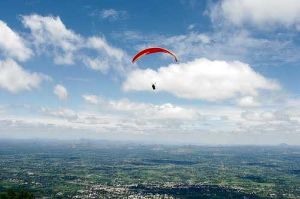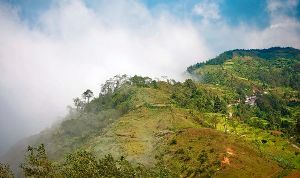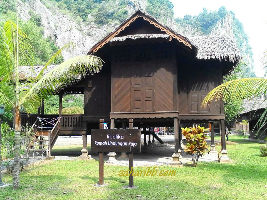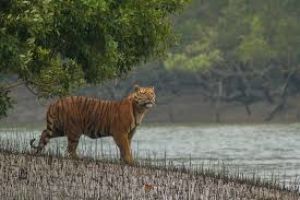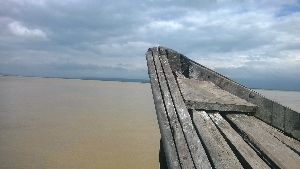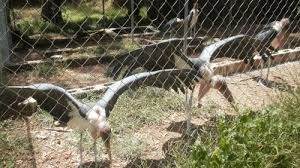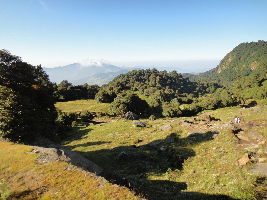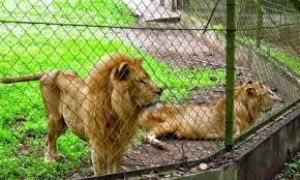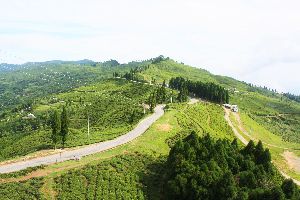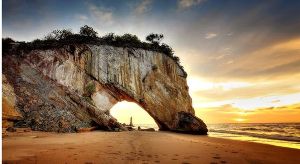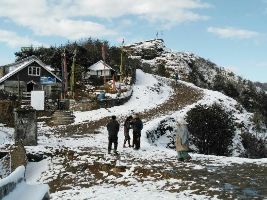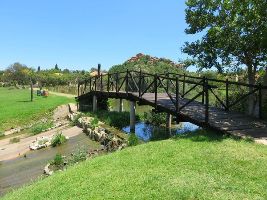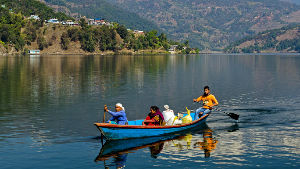Hemis Gompa, Leh
About Hemis Gompa, Leh
Hemis Gompa is located around 50 kms away from Leh on the west banks of Indus River. It is regarded as the wealthiest and biggest monastery in Leh. According to the permanent residents of this locality, the monastery came in existence in the 11th century. However, the monastery is reconstructed in the year 1672. The monastery belongs to the Dugpa order. It follows the tantric vajrayana teachings and the monks of this monastery perform tantric worship. Every year in the month of July a vibrant festival takes place in the Gompa complex. The festival is not attended by the locals only but people from all over the world join here. The festival starts from the 9th day of the fifth month of the lunar Tibetan calendar and continues upto the 11th. On the first day of the festival, a dance-homage is organized commemorating the birth anniversary of Lord Padmasambhava or Guru Rinpoche. The festival is the most famous celebration of the Tibetan Buddhist Gompa festivals In Ladakh. Energetic and enchanting dances go with the cacophonous sounds of cymbals, small trumpets, large size wind instruments, and large-pan drums. The Lamas dress like demons and gods and bang on drums. Symbols are crashed together and others turn and jump to fight against demons. As you will be getting into the courtyard, you can spot two large temples with small flight of stone steps to the right. The temple on the left is known as the Tshogs-khang and on the right is the Dukhang. Inside the Dukhang one can find the throne of the Rimpoche along with the seating areas for the lamas. The pillars of the temple are wooden and tall. A square cupola with windows, allows light to reach the wonderful throne. Paintings of Sakyamuni with the blue hair can be seen around the walls. Some other Buddha idols are available here. One can see the paintings of Tantric deities such as Hevajra and Sama as well. On the other hand, the temple Tshogs-khang contains a large gold plated idol of the Sakyamuni Buddha with blue hair. The statue is surrounded by numerous silver chortens and it is ornated with semi-precious stones. A painted throne of lacquered wood is placed in front of the Buddha which was a gift from the former emperor of Kashmir to the earlier Lama of Hemis. Pehar Gyalpo is believed to be the defensive deity of Hemis.
Leh Tour Packages
4 Days 3 Nights Leh Airport to sham valley Vacation Package
6 Days 5 Nights Leh Tour Package by Intro Holidays Tour and Travel
LEH TO LEH 6 NIGHTS 7 DAYS 2 STAR PACKAGE
8 Days 7 Nights Leh, Nubra Valley with Pangong Water Activities Tour Package
Heart-warming Sham Valley-lamayuru-leh Tour Package from Leh
Pleasurable 10 Days Leh-sham Valley Vacation Package
Pleasurable 8 Days Manali, Jispa, Leh with Leh -khardungla-leh Tour Package
8 Days LEH - SANGAM - PANGONG LAKE - KHARDUNGLA PASS - NUBRA LEH, Nubra Valley with Sham Valley Nature Tour Package
15 Days 14 Nights Thiksey Tour Package
15 Days delhi to sarchu Vacation Package
Family Getaway 25 Days 24 Days Harsil Vacation Package
16 Days Leh, Chilling, Darbau with Tip Yokma Wildlife Vacation Package
Delhi Srinagar Leh Ladakh - Manali -Shimla- tour
Heart-warming 16Days 15 Nights Delhi, Srinagar, Gulmarg, Kargil, Leh, Amritsar, Jaipur with Agra Holiday Package
Magical 18 Days 17 Nights Gulmarg Holiday Package
- Log in
- Enquiry Form
To City (Destination)
From City
Travel Date
Travel Duration (In Days)
Adult
Child
Infant
Travel With
Hotel
Rooms
Type of Trip
Total Budget (in INR)
Ticket Booked ?
Ticket Required?
Mode of Transport
Ticket Category
I will book
Date of Birth
Gender
Marital Status
Income (Per Month)
Nationality
Preferred Language
Total countries visited so far
Do you have a Visa ?
Do you have a Passport?
Preferred Time to Call
We have identified additional inquiries related to your tour. Please review them and let us know if there are any inquiries you would like us to remove.
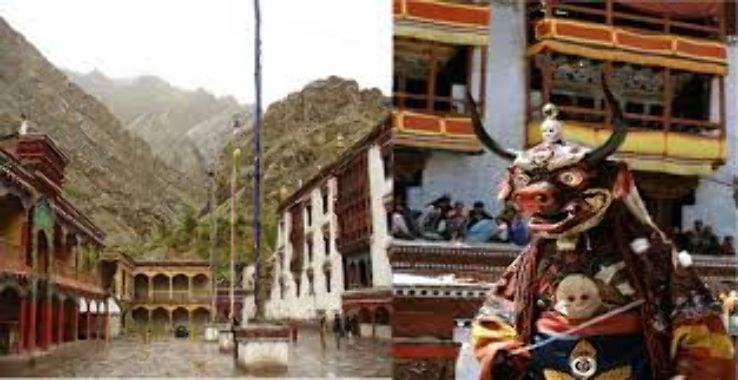
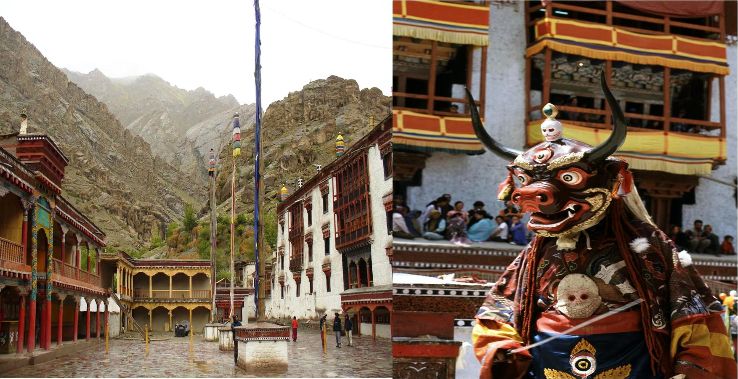
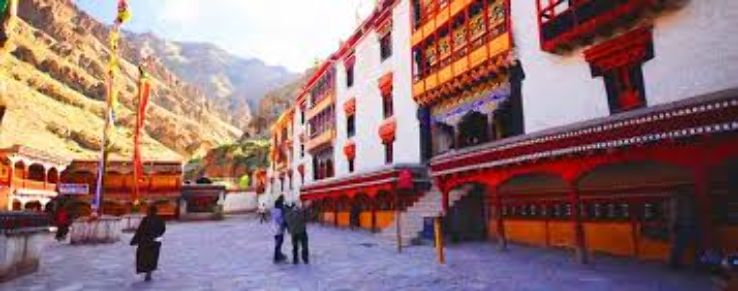
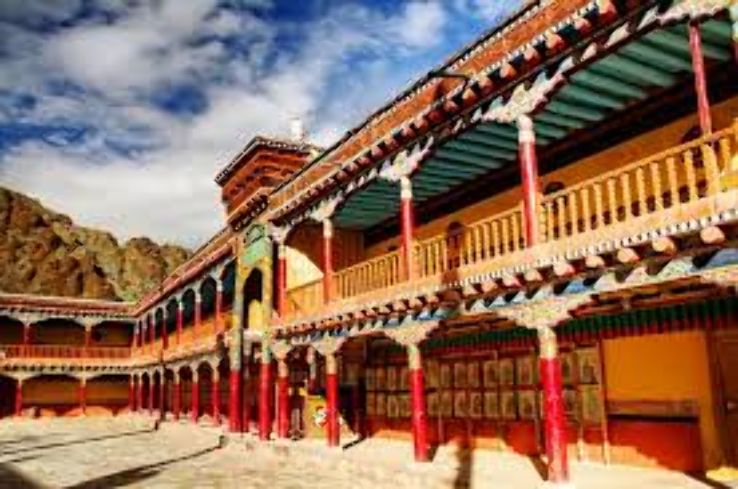
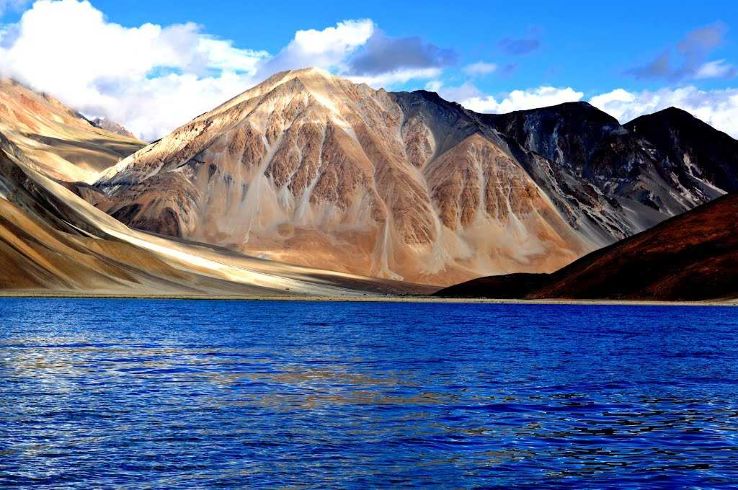
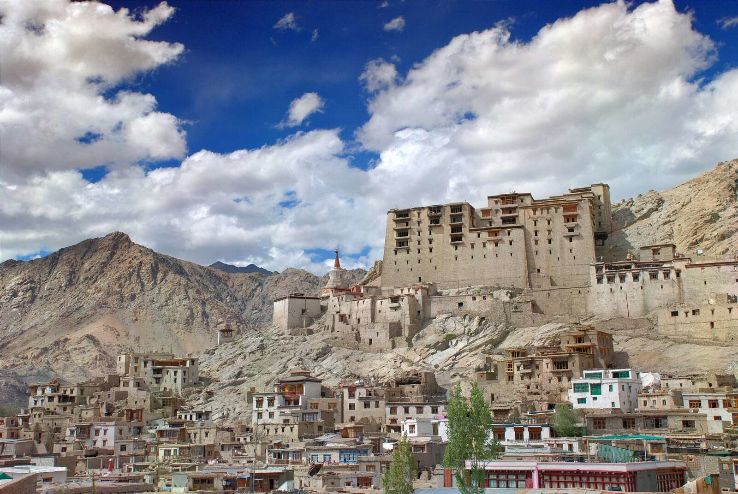
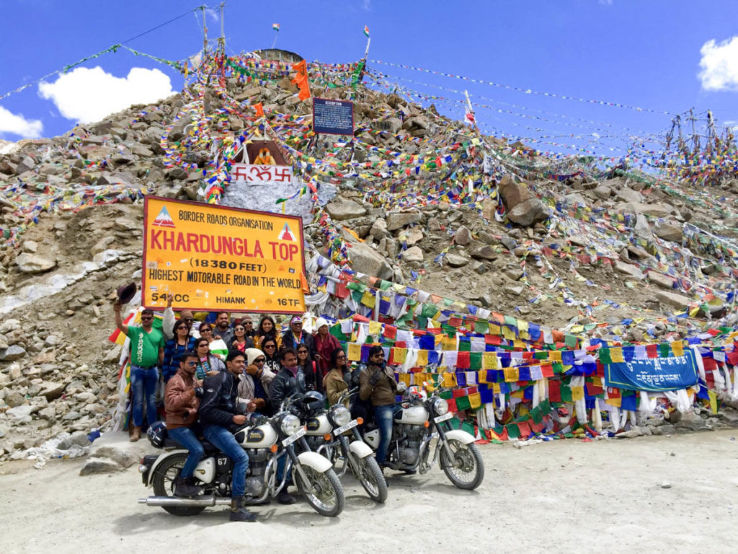
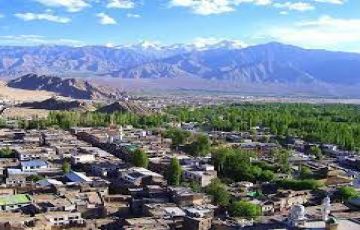
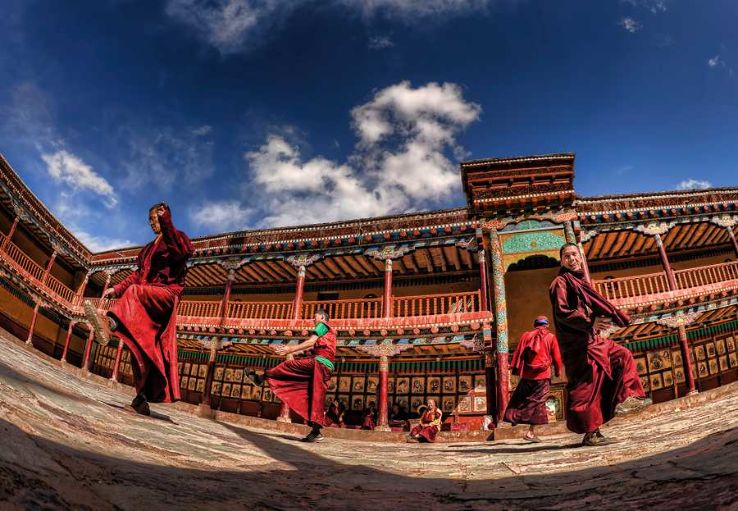
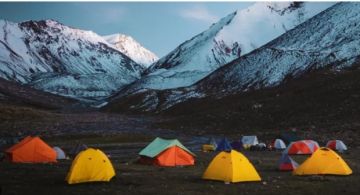
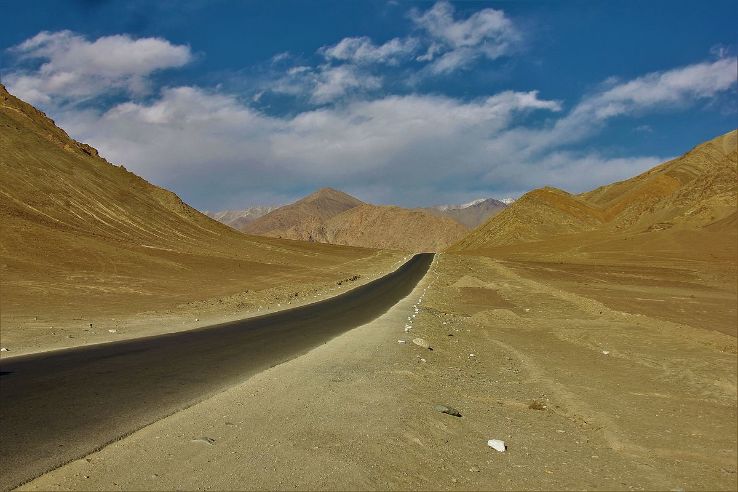

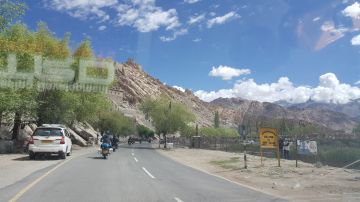
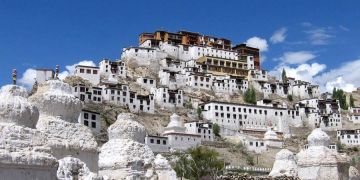
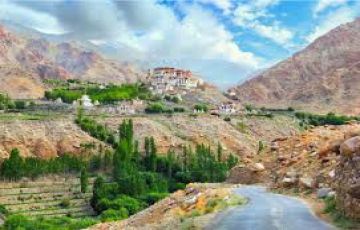
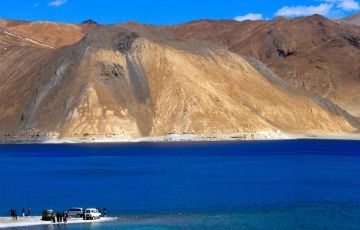
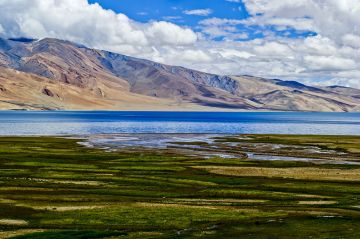
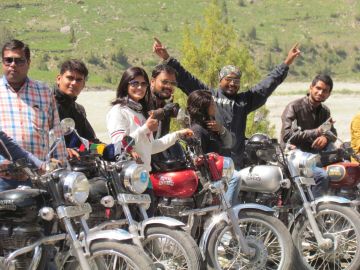
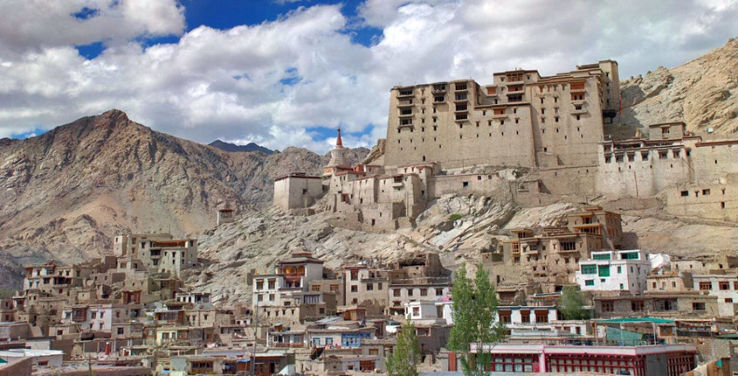

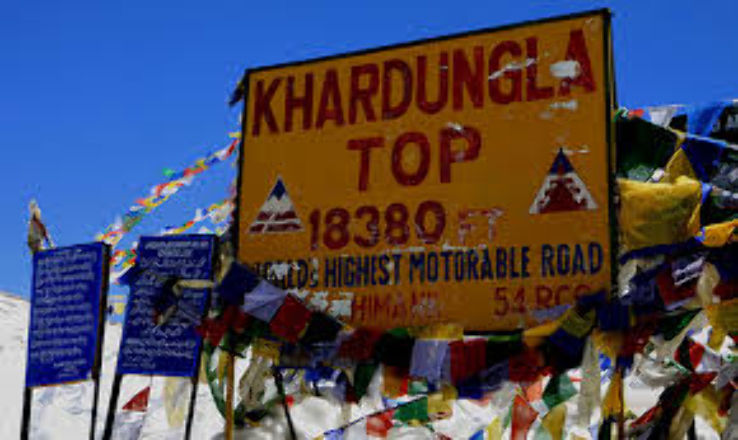
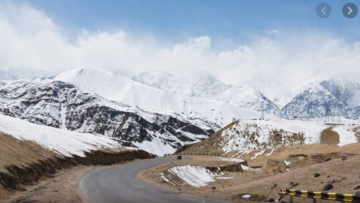
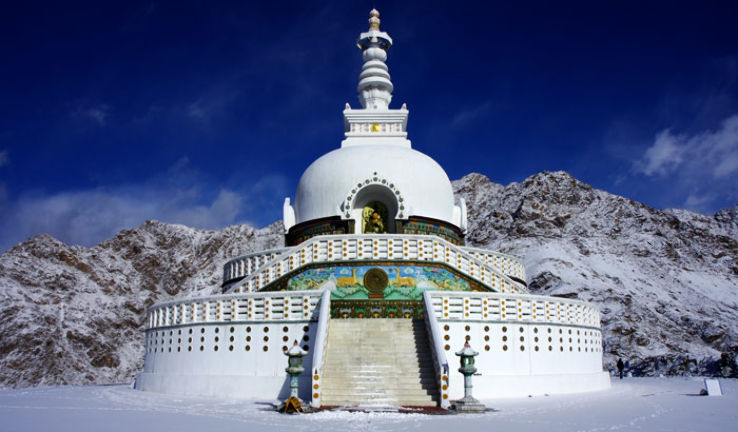
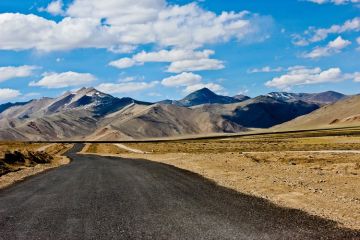
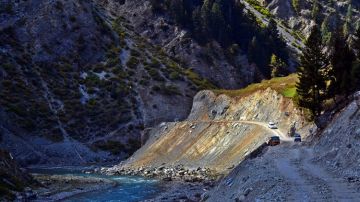
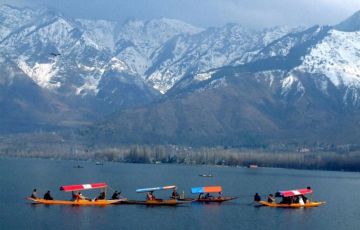
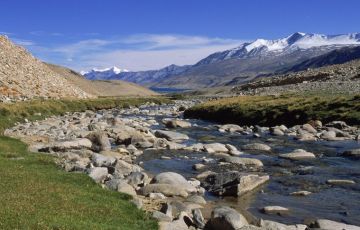
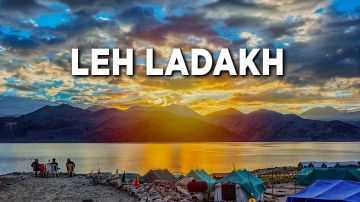

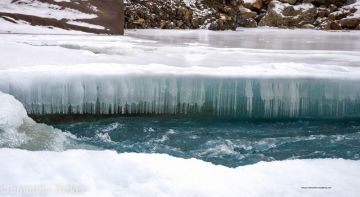
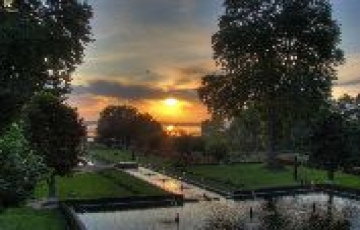
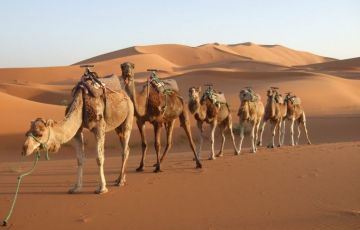
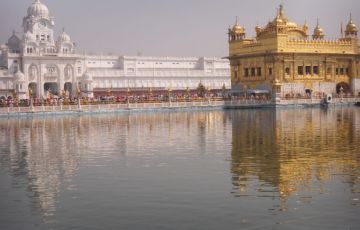

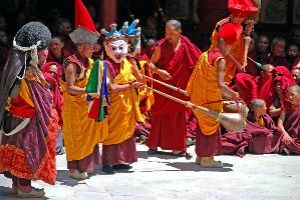
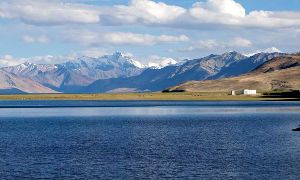
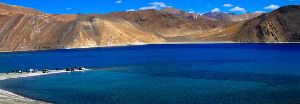
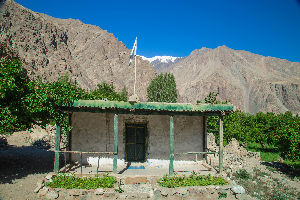
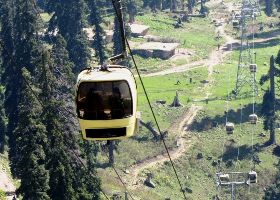
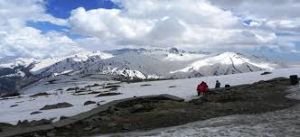
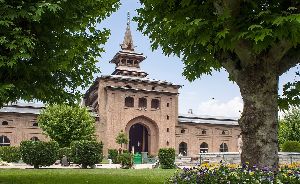
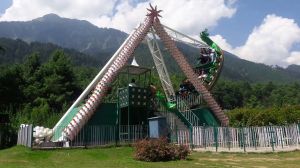
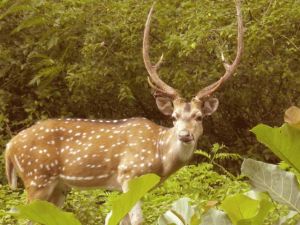
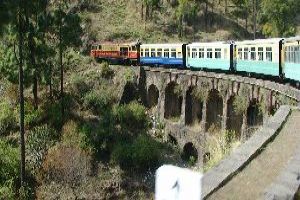
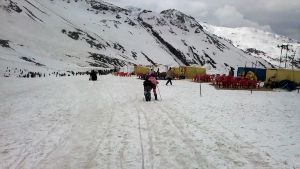
_1508952971t.jpg)
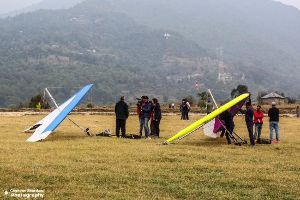

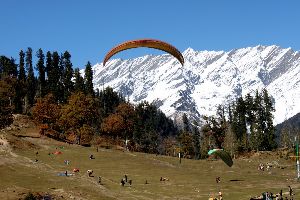
_1508941153t.jpg)
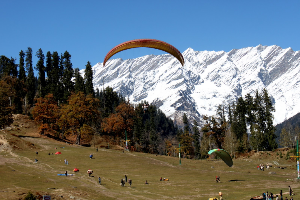
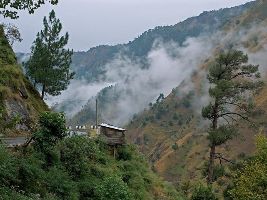
_1508941755t.jpg)
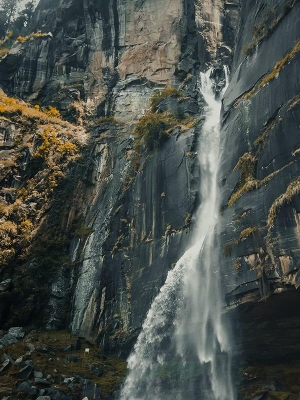

_1508856509t.jpg)
_1522933661t.jpg)
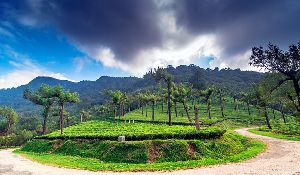

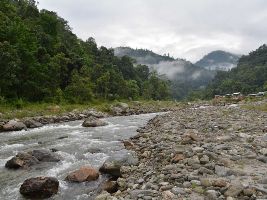
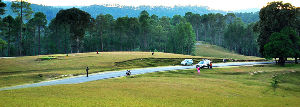
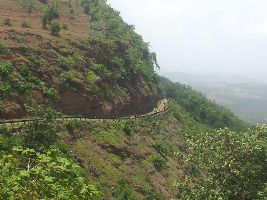
_1508252206t.jpg)
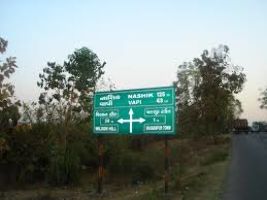
_1511244411t.jpg)
_1508915367t.jpg)
